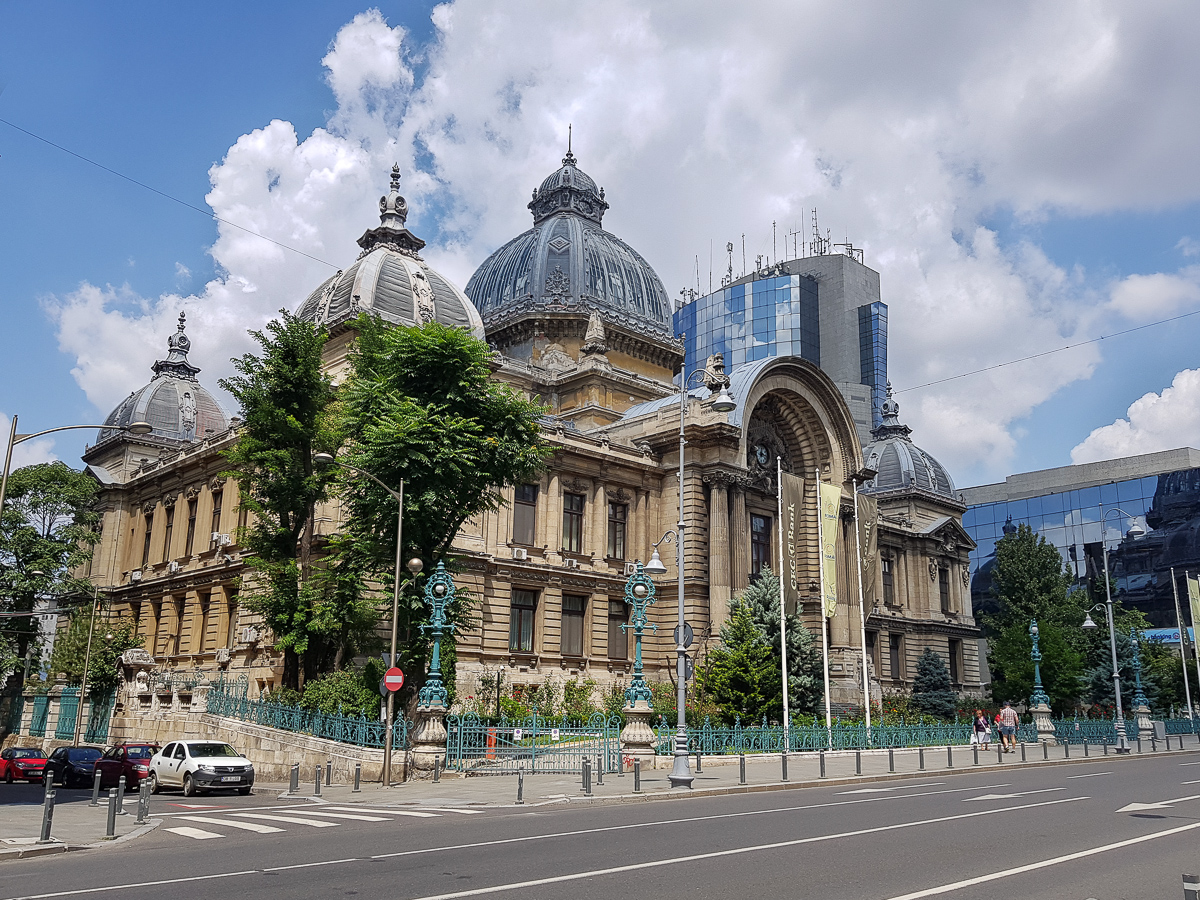
The capital of Romania: Bucharest
Cities are born and die many times in one life. They have lived a different life with each century, heritage is what remains behind. Bucharest has in its patrimony many legends about beginnings but also a long-standing historical reality.
The middle aisle of Dâmbovița was for the Middle Ages one of the few places to cross to Transylvania, through the forests and meadows that crossed the Danube plains at that time. Always at such crossings of trade routes, rural settlements were formed, offering safety to those transiting goods, but also a market for the sale of products. And as such crossings were taking place in the early spring and autumn, before the snow came, the entire region was economically adapted to trade, with regular fairs. The villages of today’s Bucharest had such a fair, which was kept in the suburbs until modernity, under the name of “Moşilor Fair”. This regional economic market has, at one point, come to the attention of the country’s leader, and so began the history of Bucharest. A story that has been going on for over 600 years.
The shepherd who founded Bucharest
The legend of Bucharest is related to the name of a rich shepherd named Bucur. He had a large flock of sheep, sturdy and fearless dogs, strong donkeys and beautiful horses. At his sheepfold, Bucur held many disciples and shepherds not only proficient but also strong, as they had to deal with both the wild animals and the intruders moving in those dangerous times.
To defend himself, Bucur built a large house on the banks of the Dâmbovița, and surrounded it with a high fence of thick logs, like a real city wall. After a while, he also built a small church, which has been preserved to this day – “The Church of Bucur”.
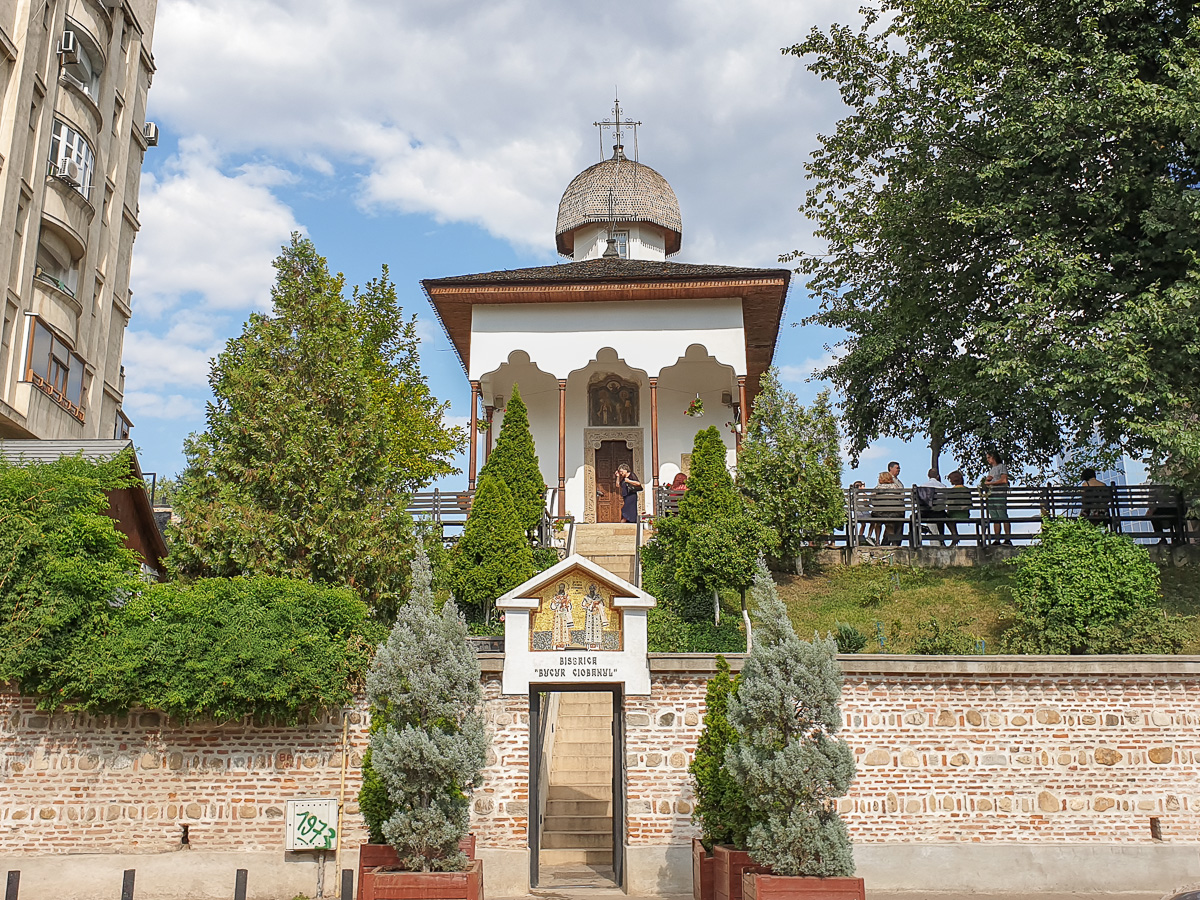
Over the years, more and more Romanians, Greeks, Russians, and Turks have settled here. And so, around the house of the shepherd, after hundreds of years, it formed a large settlement that people told Bucharest and became the capital of Romania.
According to another variant, Bucharest was founded by Mircea cel Bătrân at the end of the 14th century. The first mention of the town appears in 1459.
In 1862 it becomes the capital of the United Principalities. Since then it has undergone continuous changes, becoming the center of the Romanian artistic, cultural and media scene. The elegant architecture and its urban atmosphere gave it, in Belle Époque, the name of “Little Paris”.
From slums to the residential area
Bucharest, like other settlements of the world, has a past built on two different types of history. On the one hand, we have a history of the space, horizontal, chronological, recorded through written documents. On the other hand, there is a human history, which refers to ways of life, behaviors, gestures, concerns, attitudes, collective traumas, which in turn have dramatically changed people’s lives.
The fact that, at one point, Bucharest was considered a “big village” was also due to the existence of “slums” in which, for the construction of houses, materials and techniques of rural source were used.
Throughout time, the city was divided into several slums, which received their name for different reasons. Some of them were named after the surrounding churches, and others got their names due to notorious characters who lived there. Thus, several slums have rather unusual or funny names.
In the past there was the slum of Beat Wish, a name received from a publican who kept in his bar live fish for its customers. Another slum was that of Fried Jaw, named after a renowned innkeeper who had the face covered by a large stain from birth. In these slums there lived people of all categories, from beggars and needy people to the richest boyars. In time, the slums overlapped each other, forming at first, larger ones, later transforming into the known neighborhoods today.
The slum was an aspect of urban life over the past centuries which could not be missed, here developing certain social, economic and cultural behaviors.
The boyar houses of Bucharest
Hidden in the charming streets, the boyar houses are an inexhaustible reserve of beauty and elegance. Today, some of these houses are the headquarters of public or cultural institutions, others are still private residences or corporate headquarters, and the less fortunate ones still await their savior. We propose you a walk on the charming streets, where we will admire the facades and elegant architectural details of the boyar houses.
The beginning of the nineteenth century brings with it not only a political revival related to the affirmation of the nobility and the native boyars, but also an architectural one. Noble class representatives and other environments with great material possibilities followed the example of the construction of King Carol I, building refined palaces, which constitute today valuable architectural monuments.
In a tour of Bucharest Surroundings, you can find more about amazing palaces, like Știrbei Palace. Built-in neoclassical style, it is an elegant edifice with Greek elements, which once belonged to the princely Știrbei family.
The tour also includes the visit of the Mogoșoaia Palace, considered the best-preserved Brancovan palace. It was inaugurated in 1702, and in 1714, the founder, Constantin Brâncoveanu, was executed in Constantinople with the whole family. Then the property was confiscated, and the palace became an inn, the Turks emptying the palace of furniture and valuables. Yet, the heirs regained it three years later and owned it for almost 120 years. The Mogoșoaia Palace is at the same time a valuable historical place, a cultural center, but also an oasis of relaxation. A place with charm, just 15 kilometers from the heart of the capital.
Hookah and coffee
Coffee shops have appeared in Romania due to the Turkish influences, being a space of polemics, political disputes, and revolutionary ideas. Thus, in 1667, during the reign of Radu Leon, the first cafe in Bucharest is founded by the Turkish Kara Hamie. Another famous place, the Old Café becomes a meeting place, where the latest events in the political and social world were intensely debated. It has turned into the favorite place for personalities of the time, such as Mihai Eminescu, Ion Luca Caragiale, or even King Carol II.
And because coffee was always accompanied by hookah, or dessert, during this period the sweets industry developed. Over 300 years ago, the boyars were delighted with jams, sweets, and fruits. Romanian gastronomy has taken over and adapted many of the recipes of oriental desserts. In a Bucharest full-day tour, in the breaks of sightseeing, you can relax in oriental style, and not only, enjoying the many assortments of coffee in the most special places.
Travel with us with a “time machine” and explore the old Bucharest. We invite you to spend hours wandering on its narrow streets, full of history, to know legends and myths and the charm of old times.




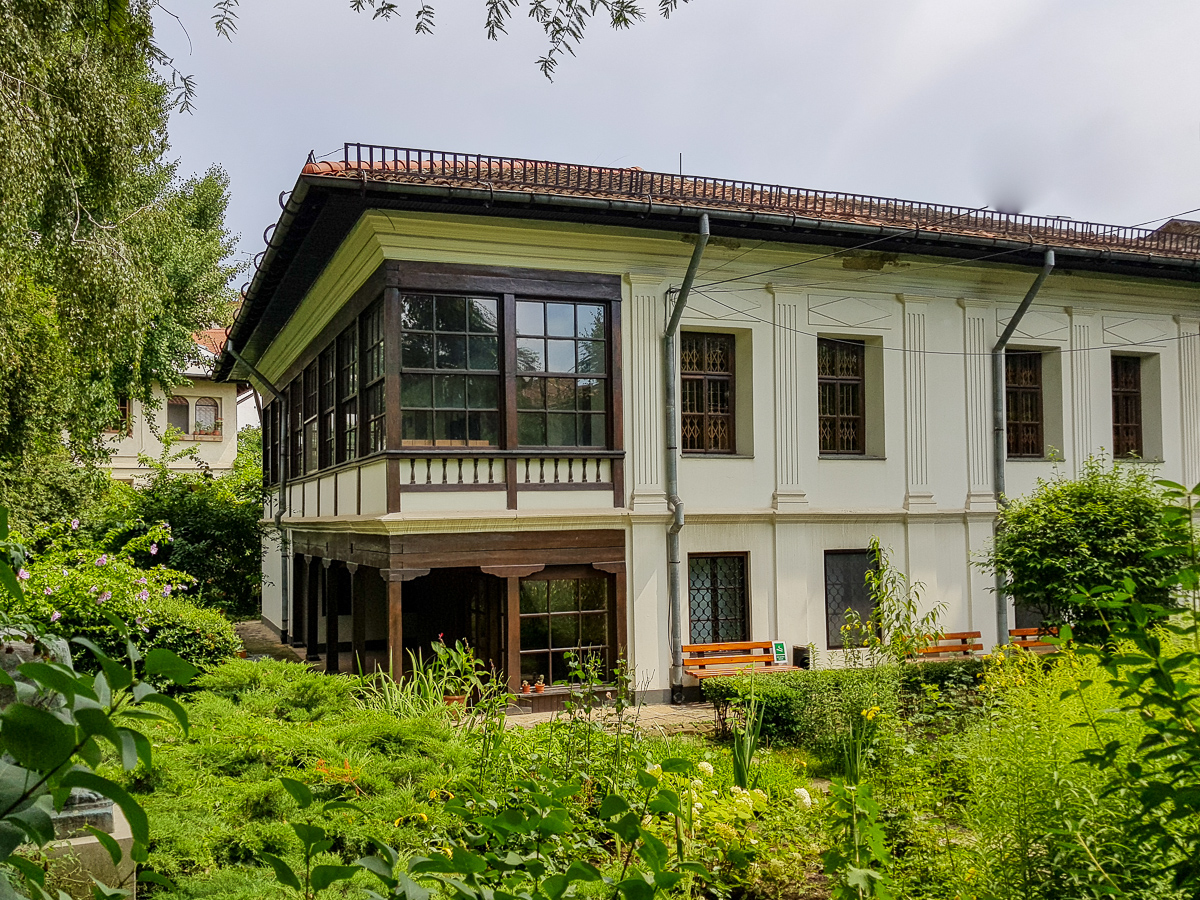
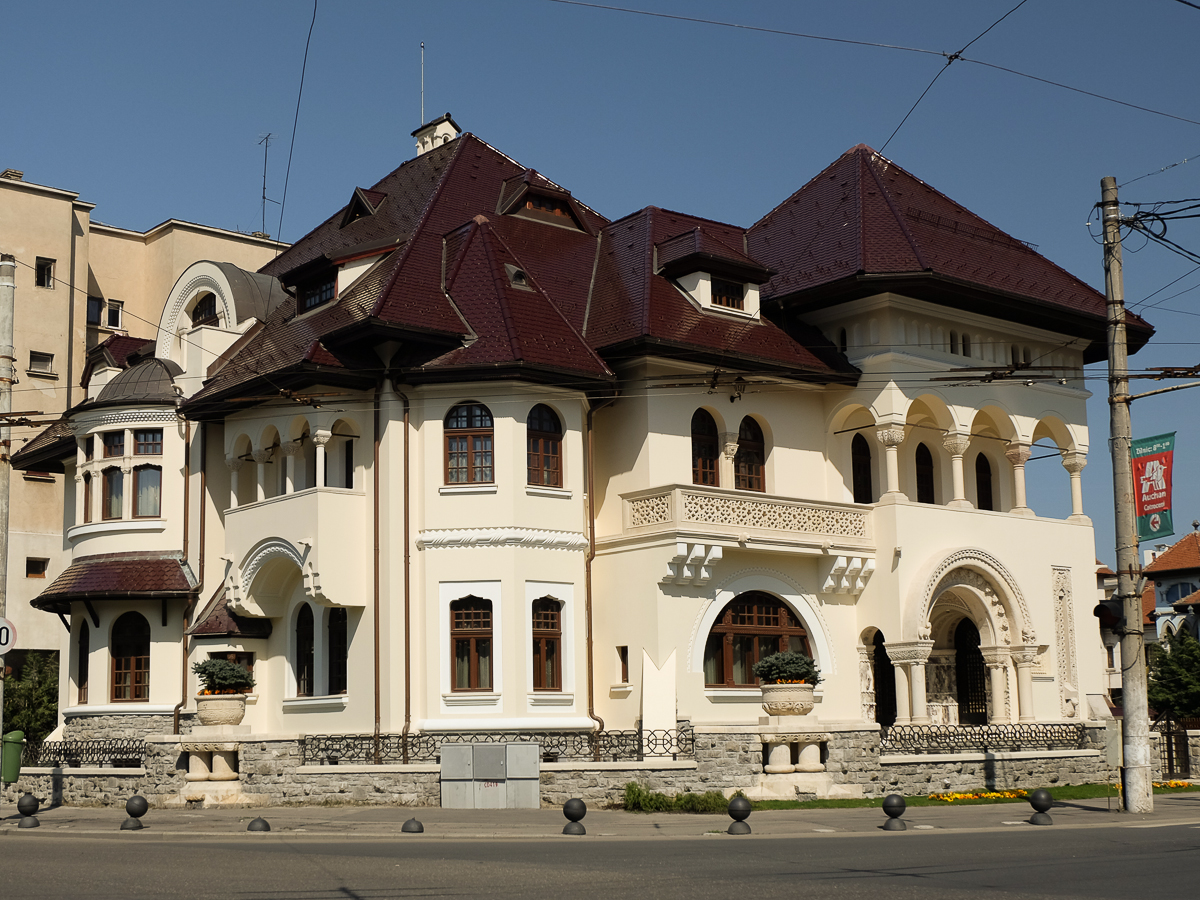
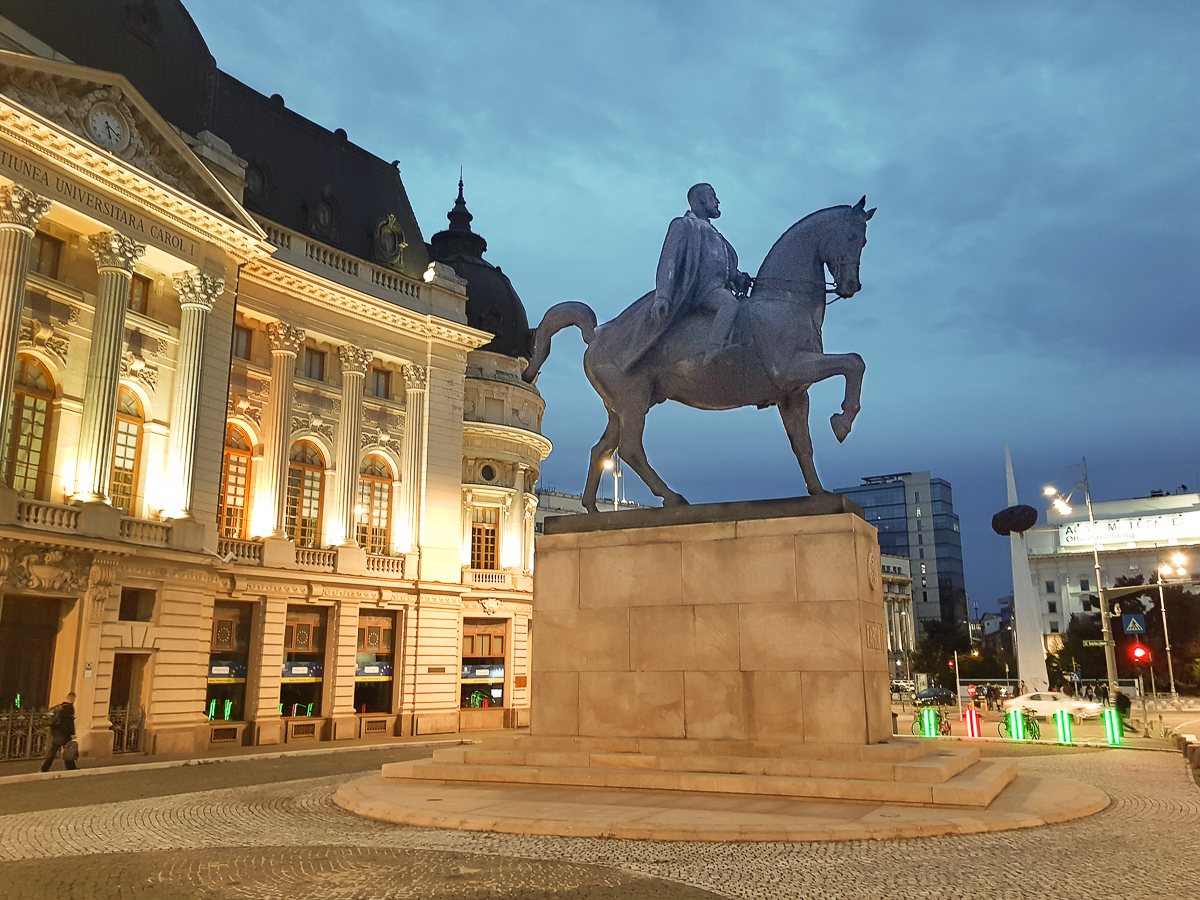


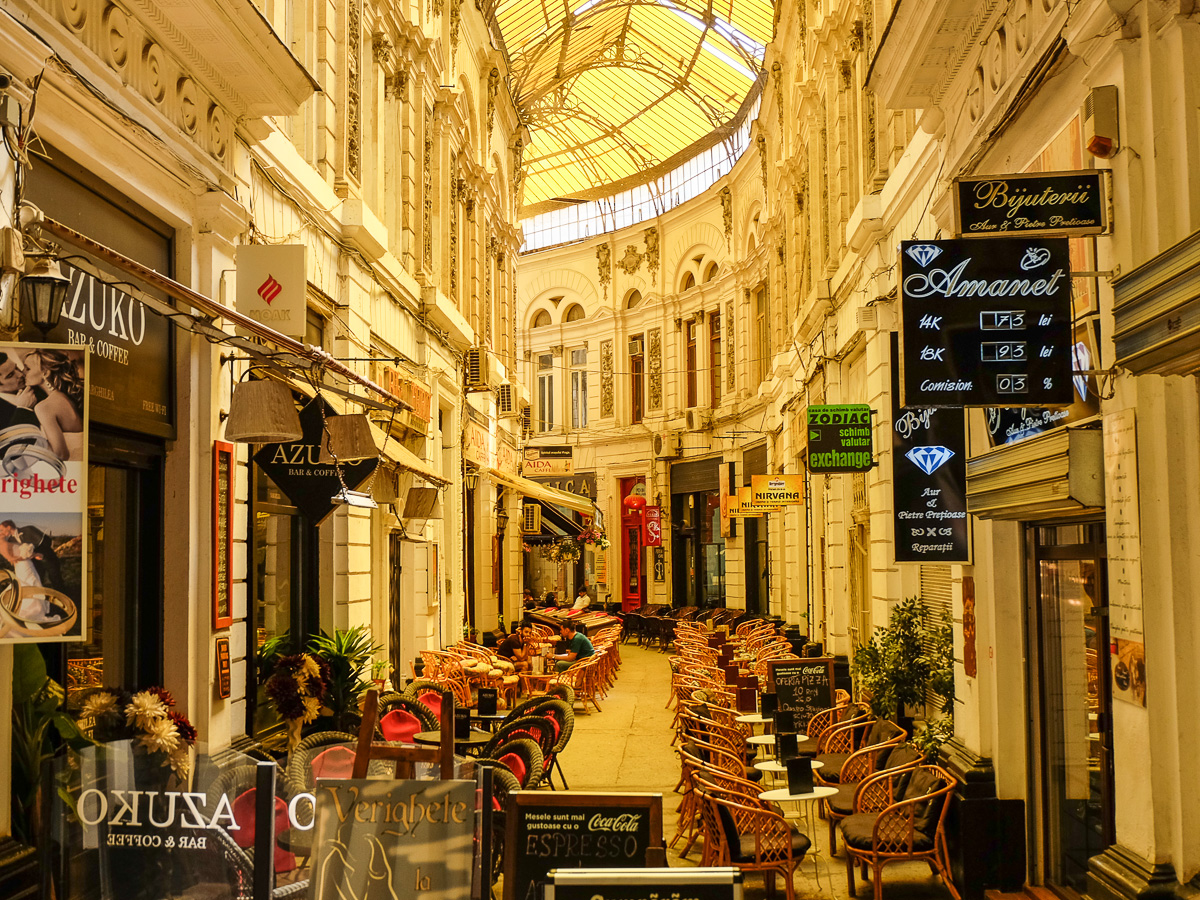
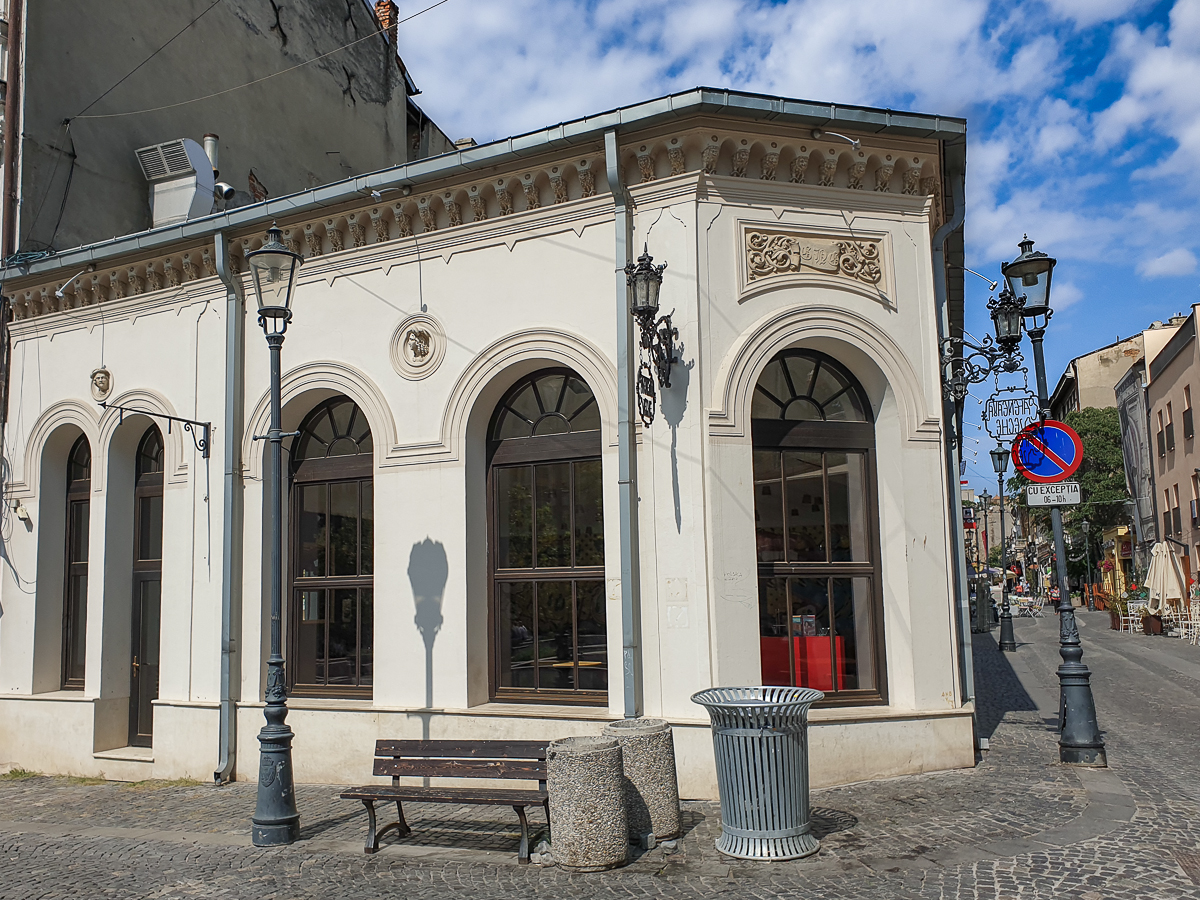

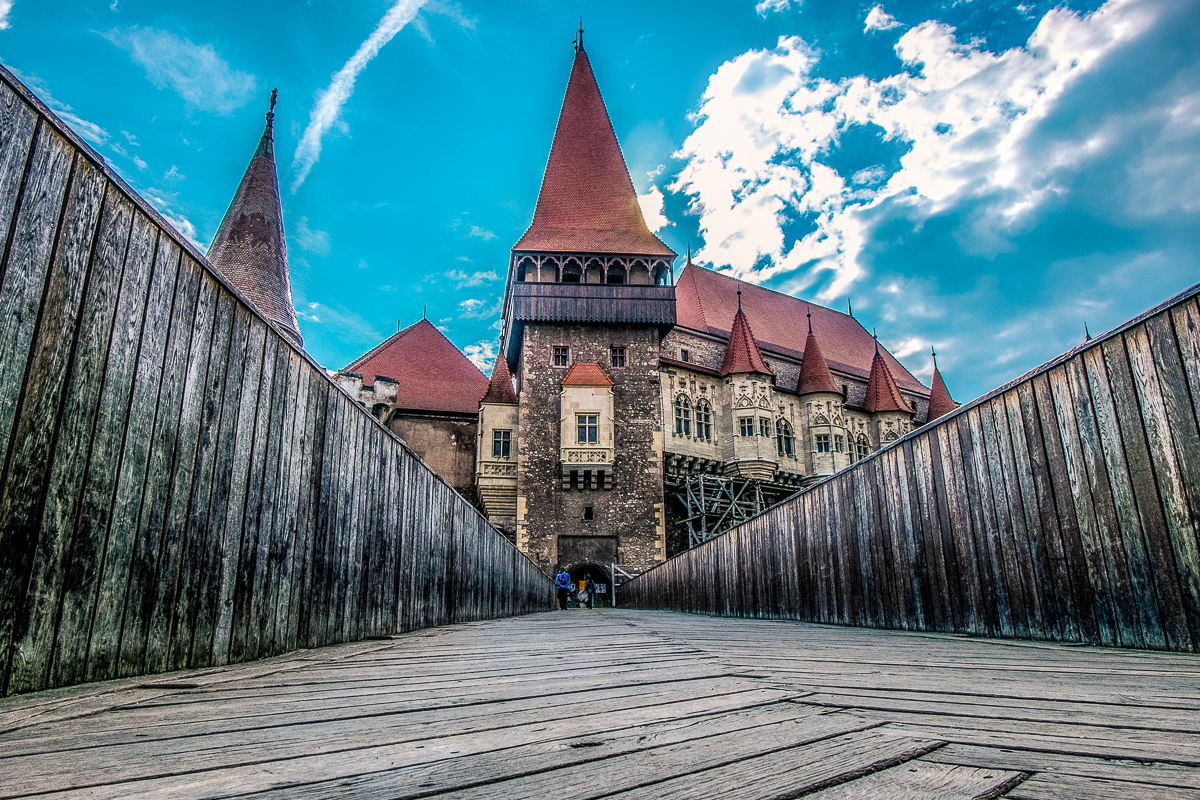
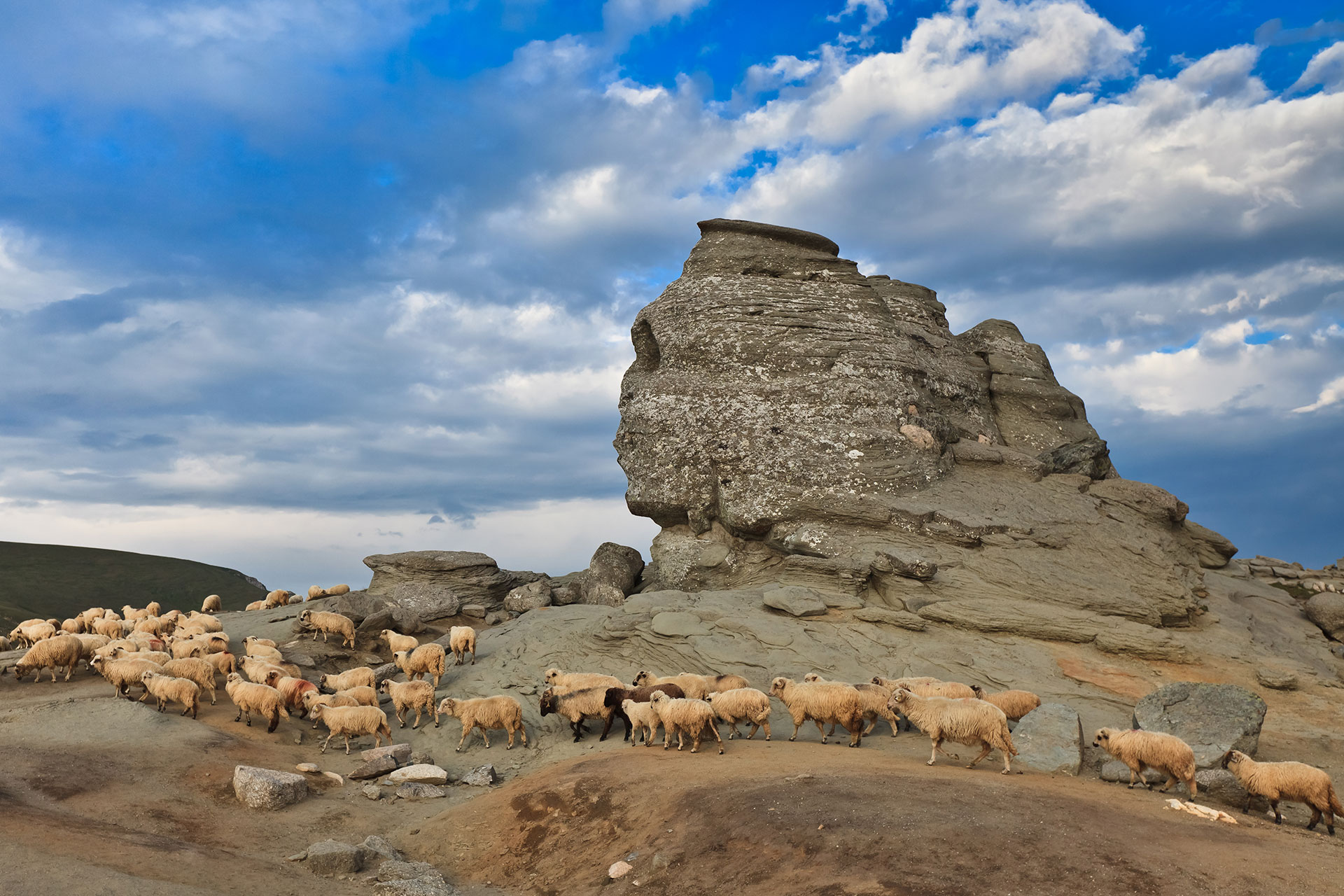
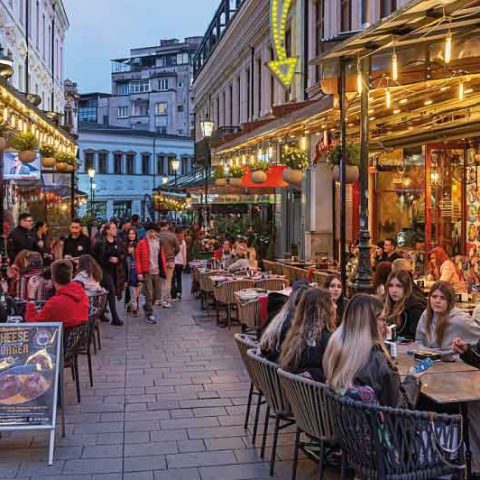

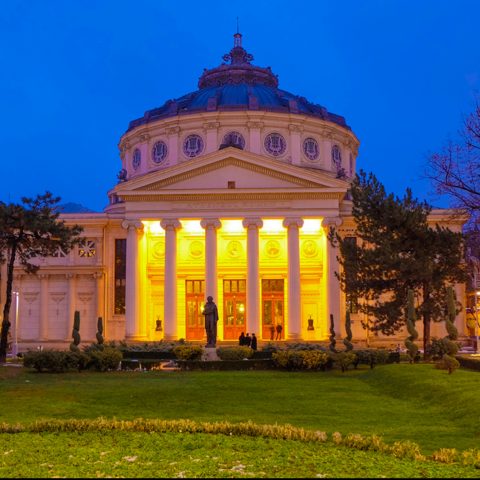











Leave a Reply